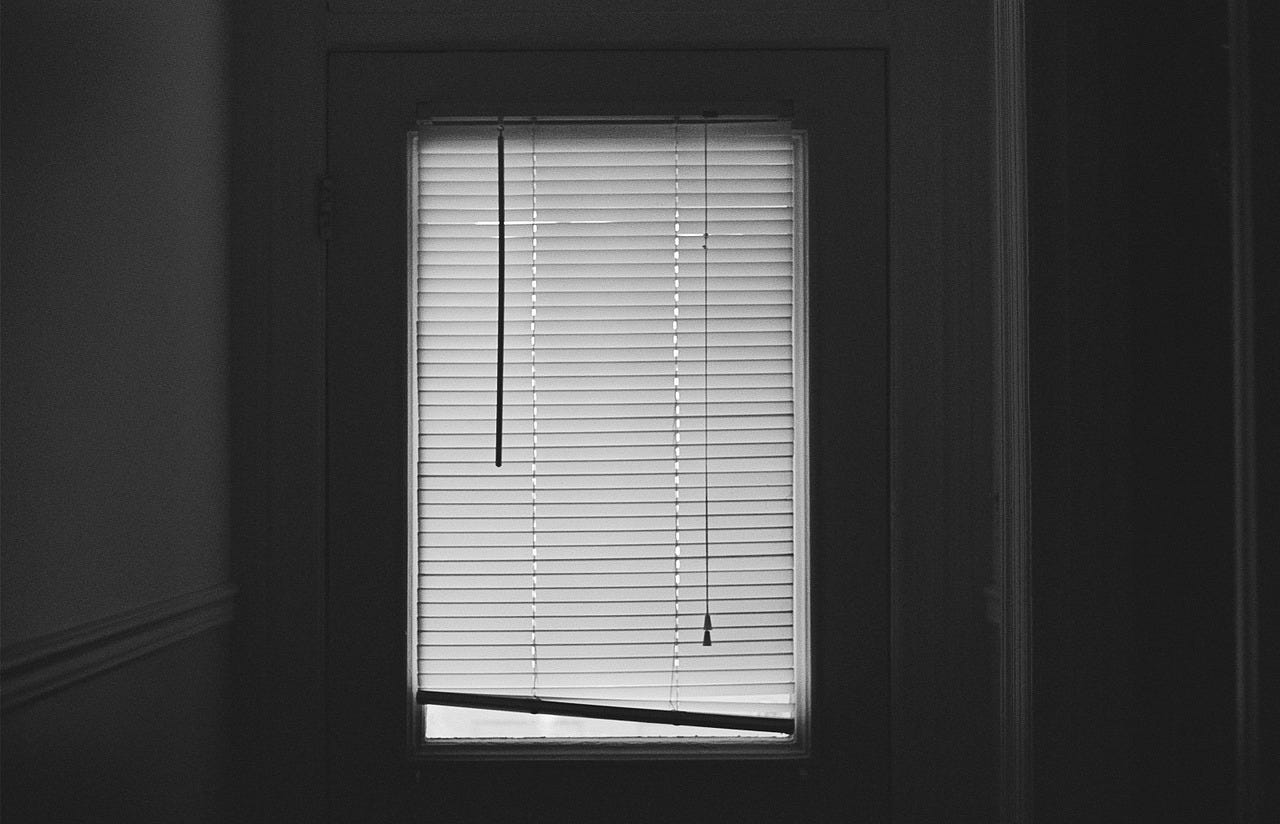Keep an Eye on this Window
Windows have always been used as metaphors, often to describe gateways into hidden truths, different worlds or veiled insights. It's a fitting figure of speech because we all know what windows do.
I want to talk to you about a particular window. Yes, it's a metaphorical window, but one that is far less exciting or sexy as the great authors and poets deploy. Yet, it is incredibly important. You must watch this window, and you must do so like a hawk.
I'm talking about the Overton Window.
The Overton Window describes the range of public policies that the population will deem as reasonable and acceptable at any given time. Any policy put forth by a politician or public official must fall within this Window, or the public will reject it as unacceptable or radical.
The term is named after Joseph P. Overton, who stated that an idea's political and social viability depends on whether it falls within this accepted range, not on the politician's preference, charisma, or political capital.
No matter how popular a political leader is, if he or she proposes an agenda that falls outside the Overton Window, it is doomed to failure because it's outside of what current opinion considers acceptable.
Joshua Treviño, a speechwriter for President George W. Bush, described the degrees of acceptance of different policies or ideas with a gradient that went from accepted and implemented policy to popular, sensible, acceptable, radical and finally, to unthinkable.
The key is that the Overton Window is not fixed. It moves closer or further to one extreme or the other the political spectrum, i.e., to the left or right. The zeitgeist of the time and the creative use of propaganda, narrative and political discourse can nudge the Window towards one side or the other.
What was once radical and unthinkable can, at other times, be perfectly acceptable.
For example, in the 1980s, it would have been unthinkable and wholly unacceptable for the federal government to collect massive amounts of private data from its citizens. But events over the last two decades have coaxed the narrative that there is a need to protect the population from terrorism and that the best way to do that is through mass surveillance. This surveillance has also been made somewhat easier by the gradual shift our lives have made into the digital realm. Steadily since 2001, the zeitgeist has shifted, and the Overton Window has moved along with it. The once unthinkable is now an accepted reality.
The Overton Window affects all public policy and discourse. For example, the founding fathers of the US rejected the idea of federal government debt. They believed that the government should intervene as little as possible in its citizens' daily lives, that it should operate within its means and that it should avoid the servitude, real or imagined, that comes from owing money to creditors. For a very long time, the federal government had zero debt indeed. It would only use leverage in times of emergency, such as war, and would do its utmost to pacy it back as soon as possible.
How far the Window has shifted. Today, the opposite is true. It would be unimaginable and unacceptable for the government to have no debt and limit itself to spending what it receives from tax collection. Might it one day shift again?
But the Overton Window doesn't only drift to one direction or the other. It can widen and contract to encompass a broader or narrower range of policies and ideas. In times of social and political discord, like today, the Window tends to widen as different factions espouse and promote their agenda. When opposing sides fail to reach common ground, their views and agendas tend to radicalize and move further to the extremes of the political spectrum, expanding the Overton Window.
There's not just one Overton Window. You could argue there's one for foreign geopolitical policy, another for trade, and several others for domestic issues.
What does the Overton Window look like today?
I believe it's as wide as it's been in a long time. International cooperation among traditional allies has diminished. The globalization trend seems to be on hold, and nationalism is rising around the world. But these ideas aren't dead either. New leadership, both in the US and abroad, can bring these trends, cooperation and commerce, back on track. Or they could continue to reverse them. Both extremes appear reasonable enough to be plausible.
On the domestic front, the Window is expanding to the edges of the spectrum to include policies that would have been considered radical a mere five years ago.
Ideas such as universal basic income, modern monetary theory and a green new deal are going mainstream. The monetization of government debt, the decoupling between government spending and government income, and the outright purchase of financial assets such as corporate bonds or ETF's by the Federal Reserve are now being seriously discussed and implemented, not at the fringes of society, but in mainstream political circles.
All this portends the possibility of a broader range of possible futures, making it more difficult for businesses and investors to make decisions. Social and political turmoil likely lies in the future. Even widespread violence is not out of the question. But I believe that, after a period of unrest and commotion, things will again settle down. As always, businesses and investors with a long-term orientation have a distinct advantage over those seeking to beat the quarter.
So stay the course, keep an eye out for the zeitgeist and watch the Overton Window. You are less likely to be surprised when the radical becomes a reality and to thrive in the long run.


